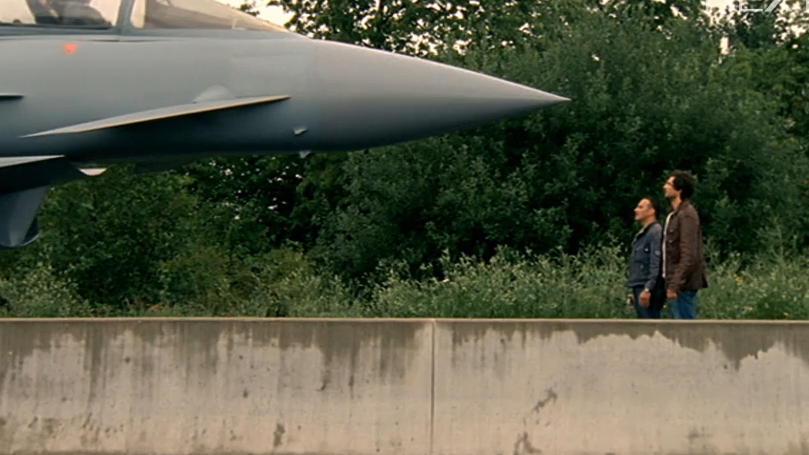
The basic principle came from an “accidental discovery” by Les Moxon, G6XN, the author of HF Antennas for all Locations.Ī linear resonator is an LC (inductor-capacitor) circuit consisting of a one-turn rectangular shaped coil, shown in the schematic diagram, Figure 1.

Referring to my article on linear resonators, I will review what a linear resonator is and its uses in HF antenna applications. It actually hangs on the element with two clamps and acrylic hangers as will be explained later. To attach a linear resonator is quite simple since there is no need to drill holes in the existing structure. What if I change the existing 15 meter reflector into a dedicated 17 meter reflector and add a 15 meter linear resonator to the 20 meter reflector. Past experience with the successful application of linear resonators to 20 and 15 meter, two element Yagis, sent my thoughts in that direction and amazingly, the solution was right there. I turned my attention to the reflector configuration.
17 METER GANZE FOLGE DRIVER
Further, the rig did not sound deaf as if there were a complete driver mismatch. The mismatch was not so bad that it was beyond the ability of the built-in antenna tuners to load on 17 meters. With my objective in mind and taking a fresh look at the antenna, I decided to leave the open sleeve triband driver as is. As the sun sets and the MUF gradually drops, 17 meters stays workable well after signals on 15 meters have faded completely into the noise! Since making the modifications I am about to describe, I have been become quite addicted to the 17 meter band, especially during this low period in the sunspot cycle. What I had in mind was an antenna that worked equally well on four, instead of only three bands, without cluttering the already busy boom any further and, of course, beaming in the same direction on all bands. Now that I understood the antenna better as it came out of the box, I started to do some “out of the box” thinking in search of a solution. Using EZNEC 3.0 antenna modeling software, I was able to confirm my thoughts about the antenna behavior. The particular length of the 15 meter reflector has a calculated resonant frequency of 20.3 MHz, which is close to the length of a director on 17 meters. Considering the overall length of the 15 meter reflector, which is 23.88 feet (7.28 m), I made a few calculations and found the answer to the teasing question about direction reversal quite logical. The driver uses a very efficient, patented, open sleeve system that does an excellent job of matching throughout the three main bands.

The basic C-3S is a two element Yagi with interlaced reflectors for 20, 15 and 10 meters. The main issue on 17 meters is that there is no dedicated parasitic element as on the other three bands. It is therefore understandable that the SWR is quite high, but not impossible for the built-in antenna tuners of my Kenwood TS-930 and Yaesu FT-1000MP HF transceivers or my Yaesu FL-7000 linear amplifier. Taking a look at the C-3S and reading about the principles of operation, it is clear that the C-3S is not designed for 17 meters.
17 METER GANZE FOLGE INSTALL
The modification is not very complicated and once all the components have been prepared, should not take more than a morning to install and tune.

I developed the following modifications and have been enjoying a two element Yagi on four bands instead of only three. This curious behavior made me believe that a 17 meter modification was possible. When doing so, I was quite surprised that the antenna had slightly more gain off the back than the front! I confirmed this by many front-to-back checks both on receive and transmit. Curious about whether the CS-3S could be used on other bands, I tried to load it up directly on 17 meters. I have had my C-3S for about 2 years and even trying their best, our strong northwesterly winter winds could not harm it. The Force 12 C-3S is a very robust Yagi that uses no traps, which has caused a lot of interest among DXers.


 0 kommentar(er)
0 kommentar(er)
